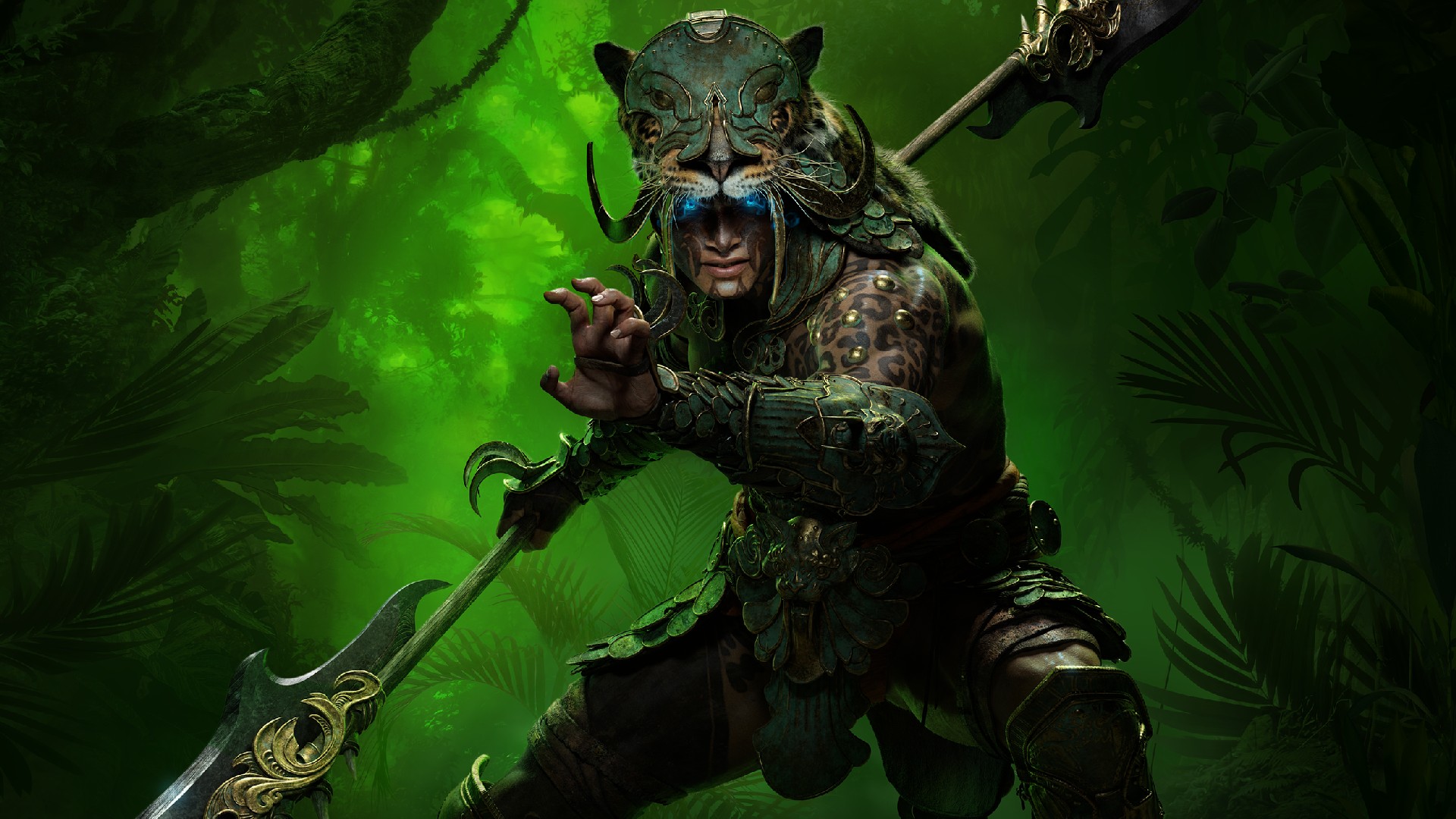The Evolution of the Diablo Franchise
The Diablo franchise has a rich history that has significantly influenced the action role-playing game (ARPG) genre since its inception in the late 1990s. The original game, released in 1996 by Blizzard Entertainment, introduced players to the dark, atmospheric world of Sanctuary, where they battled the Lord of Terror, Diablo. Its innovative mechanics, such as procedurally generated levels and a focus on loot collection, captured the attention of players and set a standard for future ARPGs.
In 2000, the sequel, Diablo II, further expanded the franchise’s popularity. It brought enhancements in gameplay mechanics, including character classes with unique skill trees and an expansive world that encouraged exploration. The introduction of online multiplayer through Blizzard’s Battle.net added a new dimension, fostering a vibrant community that thrived on teamwork and competition. The game’s enduring legacy is demonstrated through its continued popularity, leading to the release of an expansion, Diablo II: Lord of Destruction, later that same year.
After a lengthy development cycle, Diablo III launched in 2012, presenting a drastic evolution in both graphics and gameplay. The game featured an advanced graphics engine, a more immersive storyline, and an auction house system that allowed players to buy and sell items for real money. Although the auction house faced criticism and was eventually removed, the game continued to evolve through subsequent patches and expansions, including Reaper of Souls, which introduced the Adventure Mode—a mode designed for easier loot grinding and player engagement.
With the announcement of Diablo IV, the franchise once again aims to raise the bar. This installment combines the darker, gothic atmosphere of the earlier games with modern advancements in graphics and gameplay mechanics, promising a deeper narrative and a more engaging multiplayer experience. With improvements in world-building and the reintroduction of open-world elements, Diablo IV seeks to blend nostalgia with innovation, setting a new standard for the future of the series.
Exploring the Dark Loot System
The loot system in Diablo IV represents a significant evolution in the franchise, emphasizing exploration and rewarding players through a complex web of randomized drops and unique item characteristics. As players navigate the dark, immersive world, they are driven to seek out treasure in the form of rare and legendary items that enhance their gameplay experience. This renewed focus on loot acquisition encourages a sense of adventure, as the unpredictable nature of item drops keeps players engaged and invested in their journey.
Randomized loot drops are a hallmark of the Diablo series, but in Diablo IV, this mechanic has been expanded to include a greater variety of unique attributes for each item. Players can experience the thrill of discovering gear that not only fits their character build but also offers exciting bonuses tailored to their playstyle. This variety in loot types fosters creativity in character development, urging players to explore different combinations of gear to effectively tackle the game’s challenges.
Moreover, the integration of trading mechanisms and crafting systems enriches the loot experience. Players now have the opportunity to trade items with others, fostering a community where collaboration and negotiation become key aspects of the gaming experience. Additionally, the crafting system enables players to modify and enhance their gear, providing another layer of depth to the acquisition of loot. This multifaceted approach allows players to feel a greater sense of ownership over their items, as they can not only discover powerful gear but also shape it according to their preferences and strategies.
In summary, Diablo IV’s dark loot system is designed to create an exhilarating experience for players. Through randomized drops, unique item features, and community-driven mechanics, the game successfully rewards exploration, making the pursuit of high-quality loot central to the player’s adventure in this new dark era.
Hardcore Mode: A Test of Skill and Strategy
In Diablo IV, Hardcore Mode introduces an exhilarating level of difficulty that captivates seasoned players and newcomers alike. This mode is not merely a challenge; it is a complete paradigm shift in gameplay where the stakes are higher and every decision matters. In Hardcore Mode, the death of a character is final, meaning players must navigate perilous environments and confront formidable foes with utmost caution. The notion of permanent death enhances the gameplay experience, transforming it into a thrilling test of skill and strategy.
The appeal of Hardcore Mode lies in the psychological thrill it provides. Players not only seek glory but also face the fear of losing their meticulously developed characters. This brutal reality instills a sense of urgency and focus, requiring players to adopt calculated strategies for survival. One key component is thorough planning; gamers must be equipped with the best gear and knowledge of their abilities to decrease the chances of untimely demise. Furthermore, cooperation with teammates becomes vital as players coordinate their strategies, share resources, and offer support during intense encounters.
Many players have shared their experiences in Hardcore Mode, describing the adrenaline rush associated with each encounter. One player recounted a moment of triumph when their calculated maneuvering led to defeating a boss just moments before succumbing to its devastating attacks. This sentiment is echoed across the community, as players find satisfaction in overcoming the daunting challenges presented by Hardcore Mode. The thrill of risking everything for the chance at victory provides a unique allure, drawing more adventurers into this relentless pursuit of dark loot and prestige.
Ultimately, Hardcore Mode in Diablo IV is a blend of strategy, teamwork, and sheer willpower, appealing to those who cherish the intense push for greatness. The mode pushes players to hone their skills and become adept at navigating the unforgiving landscape, ensuring that each moment spent in-game is laced with excitement and anticipation.
The Community and Multiplayer Experience
Diablo IV offers a compelling community and multiplayer experience that significantly enhances the overall gameplay. The game is designed not only to immerse players into its dark, rich lore but also to encourage social interactions among gamers. The multiplayer features enable players to team up, strategize, and face formidable challenges together, fostering a sense of camaraderie that is vital in today’s gaming landscape.
Cooperative gameplay opportunities are integral to Diablo IV, allowing players to form parties and tackle missions as a cohesive unit. Players can join forces to take down powerful bosses, complete dungeons, or engage in PvP combat. This collaborative aspect encourages sharing strategies and resources, further deepening the connection among participants. Moreover, the game’s returning focus on guilds and clans facilitates the establishment of long-lasting relationships, as players join groups with shared goals and interests, enhancing their gaming experience.
Community-driven events also play a crucial role in Diablo IV, offering players the chance to participate in seasonal challenges, competitions, and in-game festivities that celebrate various themes. These events not only keep the gameplay fresh but also unite the player base, creating a vibrant culture within the game. The feedback loop between players and developers is particularly noteworthy; player input shapes ongoing updates and features, illustrating a commitment to community engagement. Gamers often share their experiences, strategies, and challenges on forums and social media, contributing to a larger dialogue about the game.
Ultimately, Diablo IV nurtures a sense of belonging among players, allowing them to connect in an otherwise grim and dark universe. The combination of multiplayer features, cooperative gameplay, and strong community ties reinforces the importance of collaboration in achieving success within the game, while also building a rich social fabric that enhances the overall player experience.


No responses yet